As per current estimates, the good news is that there will be no water shortage in 2020. One of the reasons is a fall in the population estimates. But leakage and pilferage of 900 million litres per day are a huge challenge, writes Geeta Desai
Be wet and happy. The Mumbai of 2020 will not have water shortage. The existing water distribution planning numbers, based on the expected rise in population in the 2011 Census, are much within control as the actual population figures are much less than estimated.
If the same pattern continues, there will be water for all in the future. The villains could be leakage, theft and waste of water resources from planned distribution. They need to be plugged and even citizens have to be part of the water conservation initiatives.
“More than 20% water is lost in transit, stolen by the water mafia, which sells it at a higher price. If the mafias are charged for this water at commercial rates, the civic body can earn a better revenue. But there is a nexus between ward-level officials, chaabiwallas, the police and senior civic officials. Without them, the network cannot function,” says research fellow Dhaval Desai of city-based think-tank Observer Research Foundation (ORF).
Dhaval has authored a report on the subject.
Mumbai has abundant natural water resources. But an increasing demand for water and the uneven growth in population make water distribution management a difficult task for civic authorities.
The question that the Brihanmumbai Municipal Corporation (BMC) tries to dodge is the amount of water the city loses every day. It is estimated that approximately 900 million litres per day is lost out.
TV Shah, water expert and ex-hydraulic engineer of the BMC, throws light on the complex issue of water distribution in the city.
Shah explains how the demography and population distribution in the city play an important role in the water situation. “The pressure at which the water is supplied to the slums and the old buildings is much less than what the residents in the new building gets.
The poor end up getting less water, for which they often have to pay more than the rich,” says Shah.
Desai, however, says if the civic body concentrated only on water losses and plugging leakages by keeping a check on water thefts and illegal connections, half of the battle would be won.
The BMC must prepare a comprehensive and watertight five-year plan, focussing purely on controlling leaks and bursts. Instead of going in for highly capital intensive source augmentation schemes, the BMC must focus sincerely on controlling the gross wastage of the precious natural resource.
This exercise must be undertaken in an absolute mission mode and become the single most priority area for the BMC over the next five years.
The other method, ORF says, is to recycle water. Mumbai gets 3,430 MLD of water daily. It also releases nearly an equal quantity of water in its sewage system. Recycling even a fraction of this enormous of water to cater to some of the principal water guzzling industries like construction, and for possible secondary or non-potable uses like gardening and toilet-flushing etcetera will go a long way in controlling the abuse of drinking water.
Case study—Tasma, student
Six-year-old Tasma starts her day at 6:30 every morning.
But not to get ready for her school. She picks up two plastic cans and heads for the 10th Road of Baiganwadi in Govandi. She walks a kilometre, fill the cans with water and heads back home, stopping many times en route to give rest to her aching arms.
Tasma does this ferry at least 8-10 times between 6:30 and 8:30 am. She has friends her age doing the same chore every day.
“I don’t have any choice, but to send my daughter to fetch water.
This way, I save Rs60 daily, which, otherwise, I would have paid for one drum of water. The only compromise I have to make is her formal schooling. So I send her to a madrassa,” said Tabassum, Tasma’s 26-year-old mother.
Tasma’s father is a hawker who roams around selling garments.
The family earns barely Rs5,000-6,000. If they buy water
everyday, they will have no money to feed four people.
Baiganwadi is one of the areas facing acute water shortage. The mafia rules the area and sells water at prices they deem fit.
Waqar Khan, a Samajwadi Party worker, said, “These young girls have started liking ferrying water cans as they make friends and have fun on their way. It has now become a routine for them. No one bothers about their education.
Few parents want their daughters to go to schools. Parents let their children miss their first two sessions so that they can fill water for the entire day, before leaving for the school,” said Khan.
![submenu-img]() MS Dhoni steps out to cast his vote for Lok Sabha polls in Ranchi, crowd goes crazy - Watch
MS Dhoni steps out to cast his vote for Lok Sabha polls in Ranchi, crowd goes crazy - Watch![submenu-img]() KKR vs SRH, IPL 2024 Final: Will rain play spoilsport in Chennai? Here's weather forecast for May 26
KKR vs SRH, IPL 2024 Final: Will rain play spoilsport in Chennai? Here's weather forecast for May 26![submenu-img]() Karan Johar announces his next directorial on 52nd birthday, fans say 'please bring back SRK and Kajol'
Karan Johar announces his next directorial on 52nd birthday, fans say 'please bring back SRK and Kajol'![submenu-img]() Meet woman, who holds Guinness World Record for longest fingernails, hasn't cut them since 1997, she is from...
Meet woman, who holds Guinness World Record for longest fingernails, hasn't cut them since 1997, she is from...![submenu-img]() Maharashtra 10th Result 2024: MSBSHSE SSC Class 10 to be released on May 27, know how to download scorecards
Maharashtra 10th Result 2024: MSBSHSE SSC Class 10 to be released on May 27, know how to download scorecards![submenu-img]() Maharashtra 10th Result 2024: MSBSHSE SSC Class 10 to be released on May 27, know how to download scorecards
Maharashtra 10th Result 2024: MSBSHSE SSC Class 10 to be released on May 27, know how to download scorecards![submenu-img]() Odisha Board 10th Result 2024: BSE Odisha Matric Result 2024 date, time announced, check latest update here
Odisha Board 10th Result 2024: BSE Odisha Matric Result 2024 date, time announced, check latest update here![submenu-img]() Meet student who cleared JEE Advanced with AIR 99, then dropped out of IIT counselling due to..
Meet student who cleared JEE Advanced with AIR 99, then dropped out of IIT counselling due to..![submenu-img]() IIT-JEE topper joins IIT Delhi with AIR 1, leaves it after few months without graduation due to...
IIT-JEE topper joins IIT Delhi with AIR 1, leaves it after few months without graduation due to...![submenu-img]() Meet man, tailor's son who sold newspapers to pay fees, cracked UPSC without coaching to become IAS officer, got AIR…
Meet man, tailor's son who sold newspapers to pay fees, cracked UPSC without coaching to become IAS officer, got AIR…![submenu-img]() DNA Verified: Is CAA an anti-Muslim law? Centre terms news report as 'misleading'
DNA Verified: Is CAA an anti-Muslim law? Centre terms news report as 'misleading'![submenu-img]() DNA Verified: Lok Sabha Elections 2024 to be held on April 19? Know truth behind viral message
DNA Verified: Lok Sabha Elections 2024 to be held on April 19? Know truth behind viral message![submenu-img]() DNA Verified: Modi govt giving students free laptops under 'One Student One Laptop' scheme? Know truth here
DNA Verified: Modi govt giving students free laptops under 'One Student One Laptop' scheme? Know truth here![submenu-img]() DNA Verified: Shah Rukh Khan denies reports of his role in release of India's naval officers from Qatar
DNA Verified: Shah Rukh Khan denies reports of his role in release of India's naval officers from Qatar![submenu-img]() DNA Verified: Is govt providing Rs 1.6 lakh benefit to girls under PM Ladli Laxmi Yojana? Know truth
DNA Verified: Is govt providing Rs 1.6 lakh benefit to girls under PM Ladli Laxmi Yojana? Know truth![submenu-img]() Assamese actress Aimee Baruah wins hearts as she represents her culture in saree with 200-year-old motif at Cannes
Assamese actress Aimee Baruah wins hearts as she represents her culture in saree with 200-year-old motif at Cannes ![submenu-img]() Aditi Rao Hydari's monochrome gown at Cannes Film Festival divides social media: 'We love her but not the dress'
Aditi Rao Hydari's monochrome gown at Cannes Film Festival divides social media: 'We love her but not the dress'![submenu-img]() AI models play volley ball on beach in bikini
AI models play volley ball on beach in bikini![submenu-img]() AI models set goals for pool parties in sizzling bikinis this summer
AI models set goals for pool parties in sizzling bikinis this summer![submenu-img]() In pics: Aditi Rao Hydari being 'pocket full of sunshine' at Cannes in floral dress, fans call her 'born aesthetic'
In pics: Aditi Rao Hydari being 'pocket full of sunshine' at Cannes in floral dress, fans call her 'born aesthetic'![submenu-img]() DNA Explainer: Why was Iranian president Ebrahim Raisi, killed in helicopter crash, regarded as ‘Butcher of Tehran’?
DNA Explainer: Why was Iranian president Ebrahim Raisi, killed in helicopter crash, regarded as ‘Butcher of Tehran’?![submenu-img]() DNA Explainer: Why did deceased Iranian President Ebrahim Raisi wear black turban?
DNA Explainer: Why did deceased Iranian President Ebrahim Raisi wear black turban?![submenu-img]() Iran President Ebrahim Raisi's death: Will it impact gold, oil prices and stock markets?
Iran President Ebrahim Raisi's death: Will it impact gold, oil prices and stock markets?![submenu-img]() Haryana Political Crisis: Will 3 independent MLAs support withdrawal impact the present Nayab Saini led-BJP government?
Haryana Political Crisis: Will 3 independent MLAs support withdrawal impact the present Nayab Saini led-BJP government?![submenu-img]() DNA Explainer: Why Harvey Weinstein's rape conviction was overturned, will beleaguered Hollywood mogul get out of jail?
DNA Explainer: Why Harvey Weinstein's rape conviction was overturned, will beleaguered Hollywood mogul get out of jail?![submenu-img]() Karan Johar announces his next directorial on 52nd birthday, fans say 'please bring back SRK and Kajol'
Karan Johar announces his next directorial on 52nd birthday, fans say 'please bring back SRK and Kajol'![submenu-img]() Meet superstar who faced casting couch at 17, was asked to 'compromise', wear a bikini for shoot, she is now..
Meet superstar who faced casting couch at 17, was asked to 'compromise', wear a bikini for shoot, she is now..![submenu-img]() Meet actor who made superhit debut, then gave 40 flop films, still lives luxurious life, net worth is..
Meet actor who made superhit debut, then gave 40 flop films, still lives luxurious life, net worth is..![submenu-img]() Dalljiet Kaur accuses husband Nikhil Patel of having extramarital affair, seems to confirm separation: 'Family is...'
Dalljiet Kaur accuses husband Nikhil Patel of having extramarital affair, seems to confirm separation: 'Family is...'![submenu-img]() Meet first Indian actress to win acting honour at Cannes; social media changed her life, she is…
Meet first Indian actress to win acting honour at Cannes; social media changed her life, she is…![submenu-img]() Meet woman, who holds Guinness World Record for longest fingernails, hasn't cut them since 1997, she is from...
Meet woman, who holds Guinness World Record for longest fingernails, hasn't cut them since 1997, she is from...![submenu-img]() Viral video: Tourist teeters on edge of Victoria Falls, internet reacts
Viral video: Tourist teeters on edge of Victoria Falls, internet reacts![submenu-img]() Viral video: Fearless cat defends against deadly cobra attack, internet is stunned
Viral video: Fearless cat defends against deadly cobra attack, internet is stunned![submenu-img]() Viral video: Restaurant's green chilli halwa preparation shocks internet, watch
Viral video: Restaurant's green chilli halwa preparation shocks internet, watch![submenu-img]() Viral video: Majestic lion welcomes US photographer with a roaring greeting, watch
Viral video: Majestic lion welcomes US photographer with a roaring greeting, watch
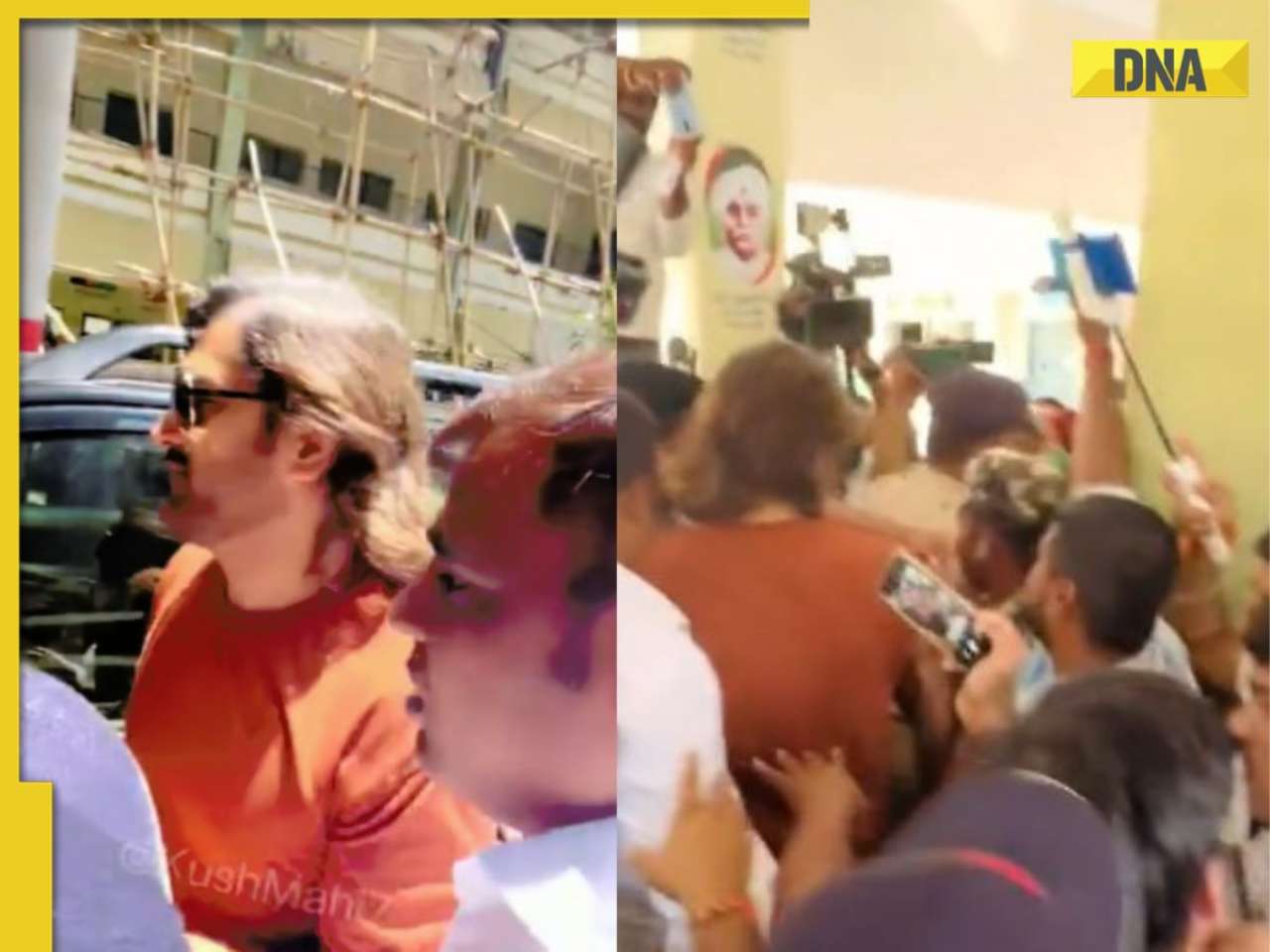
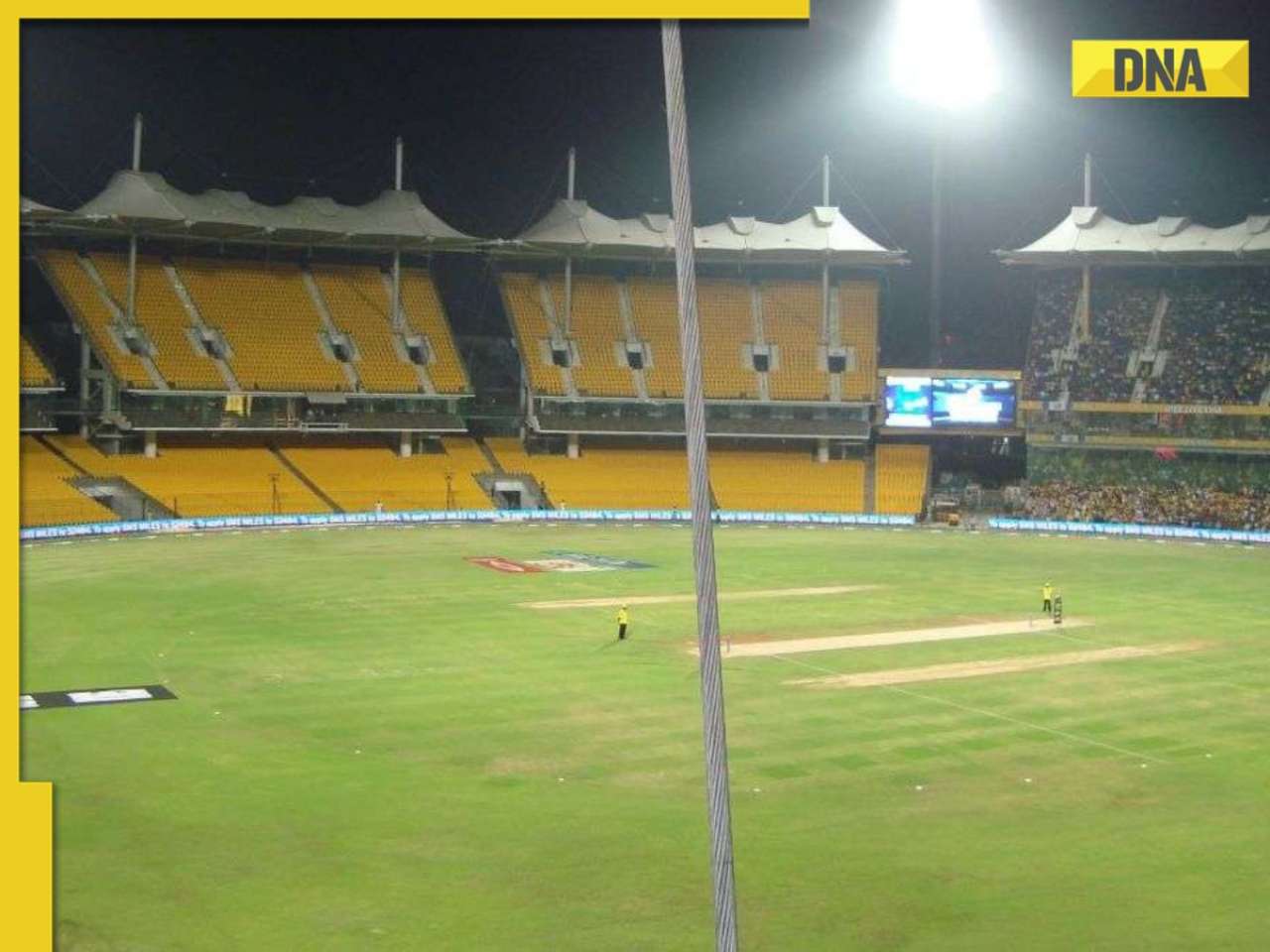


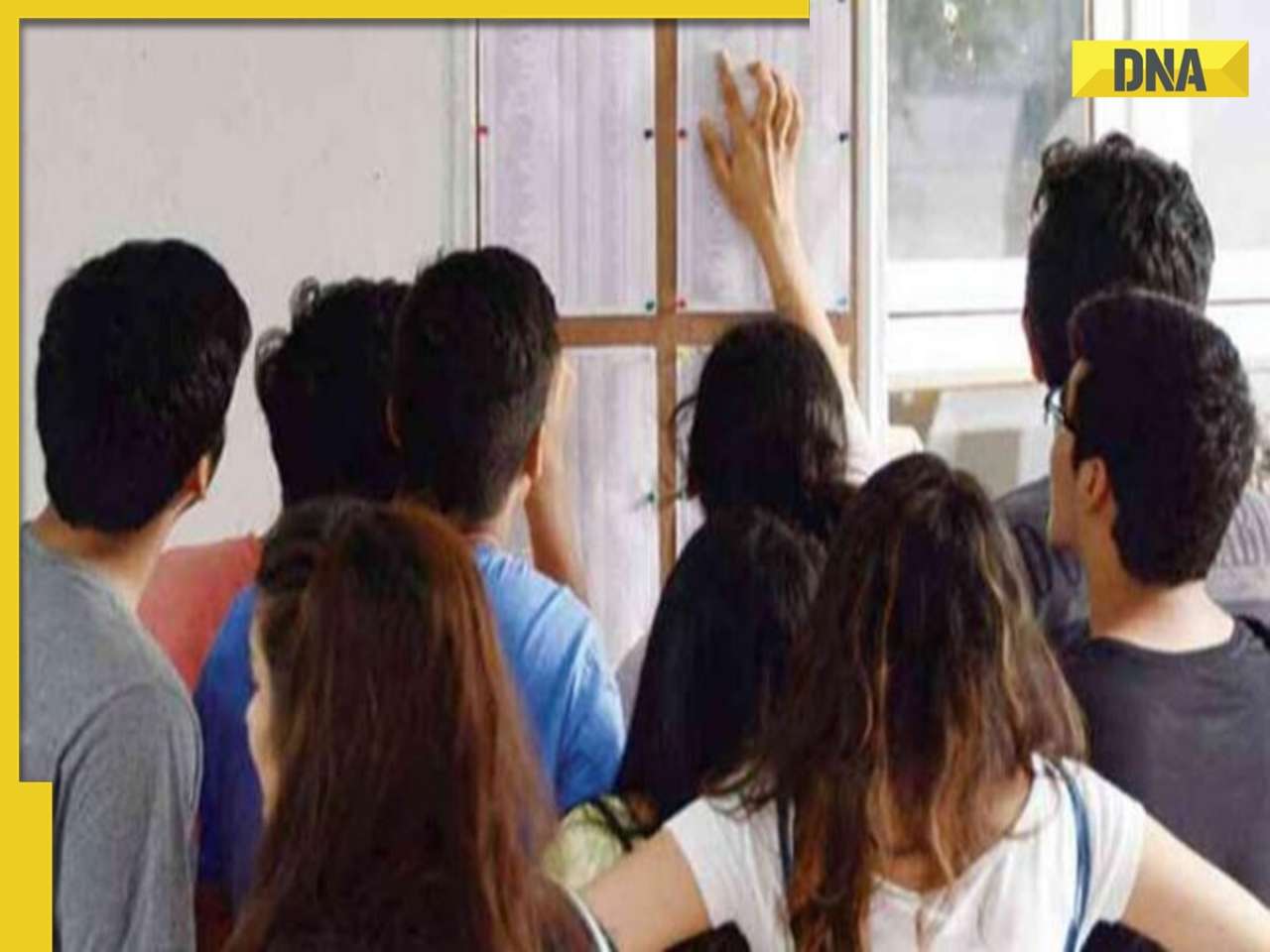







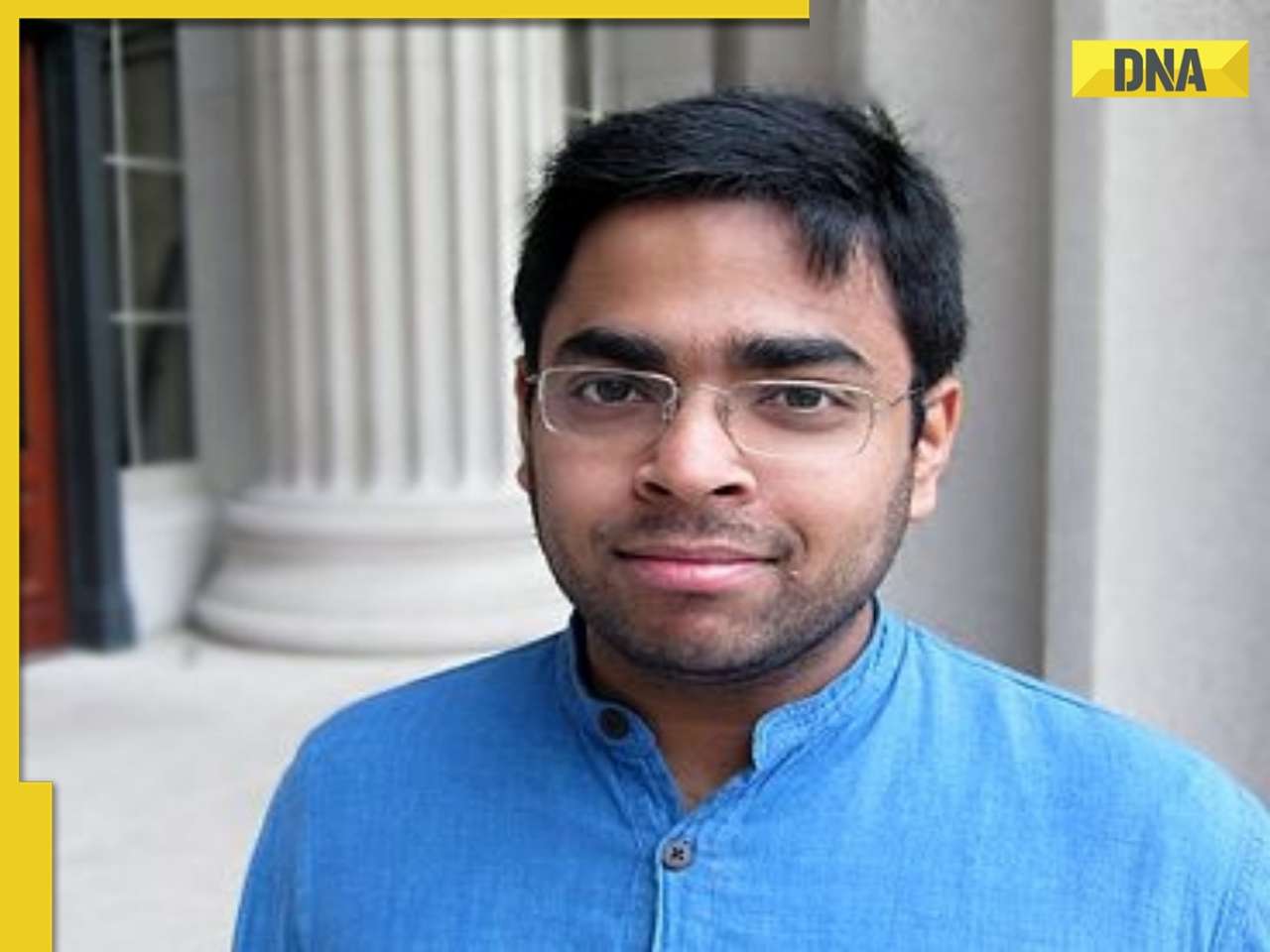
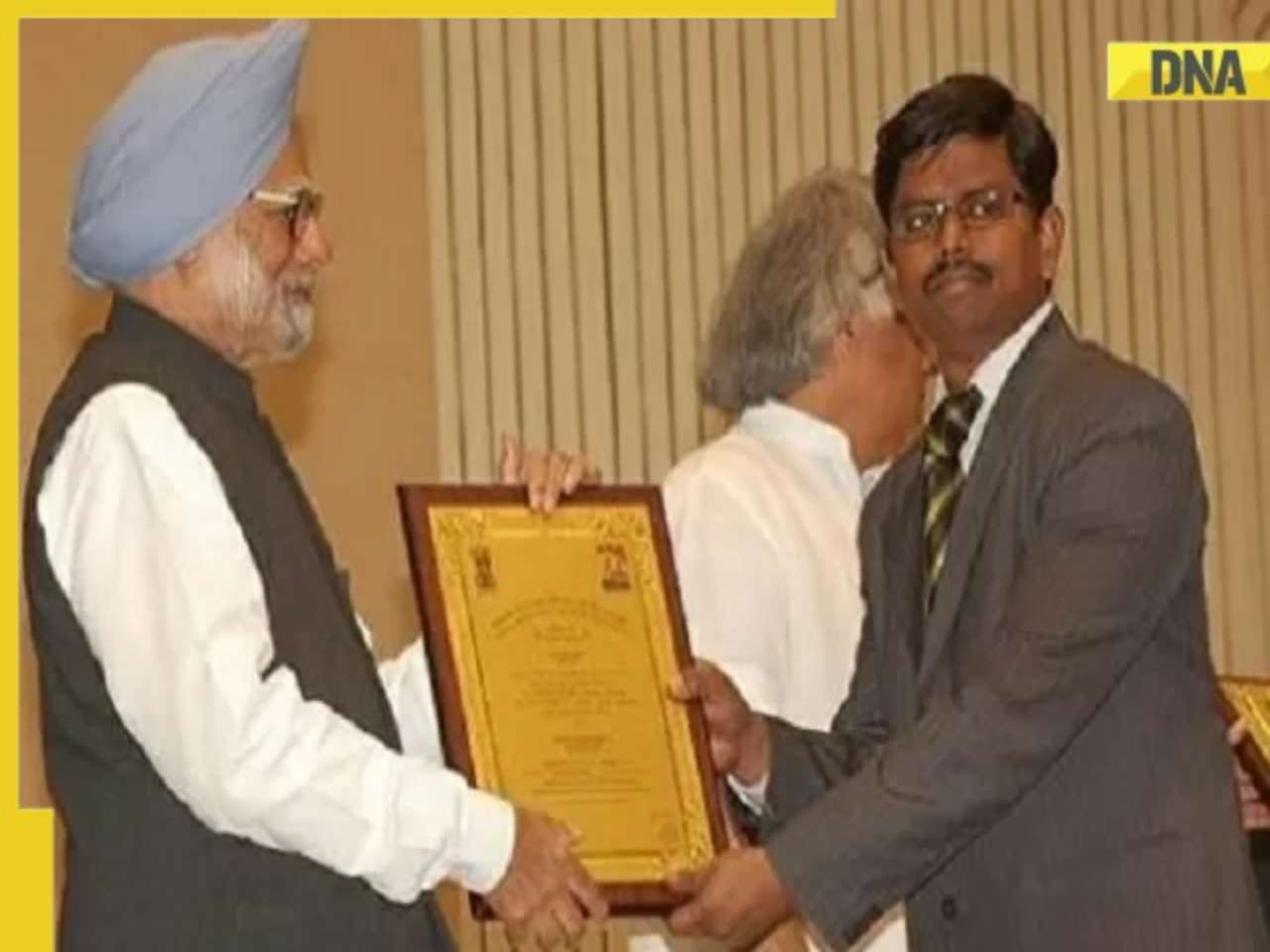


















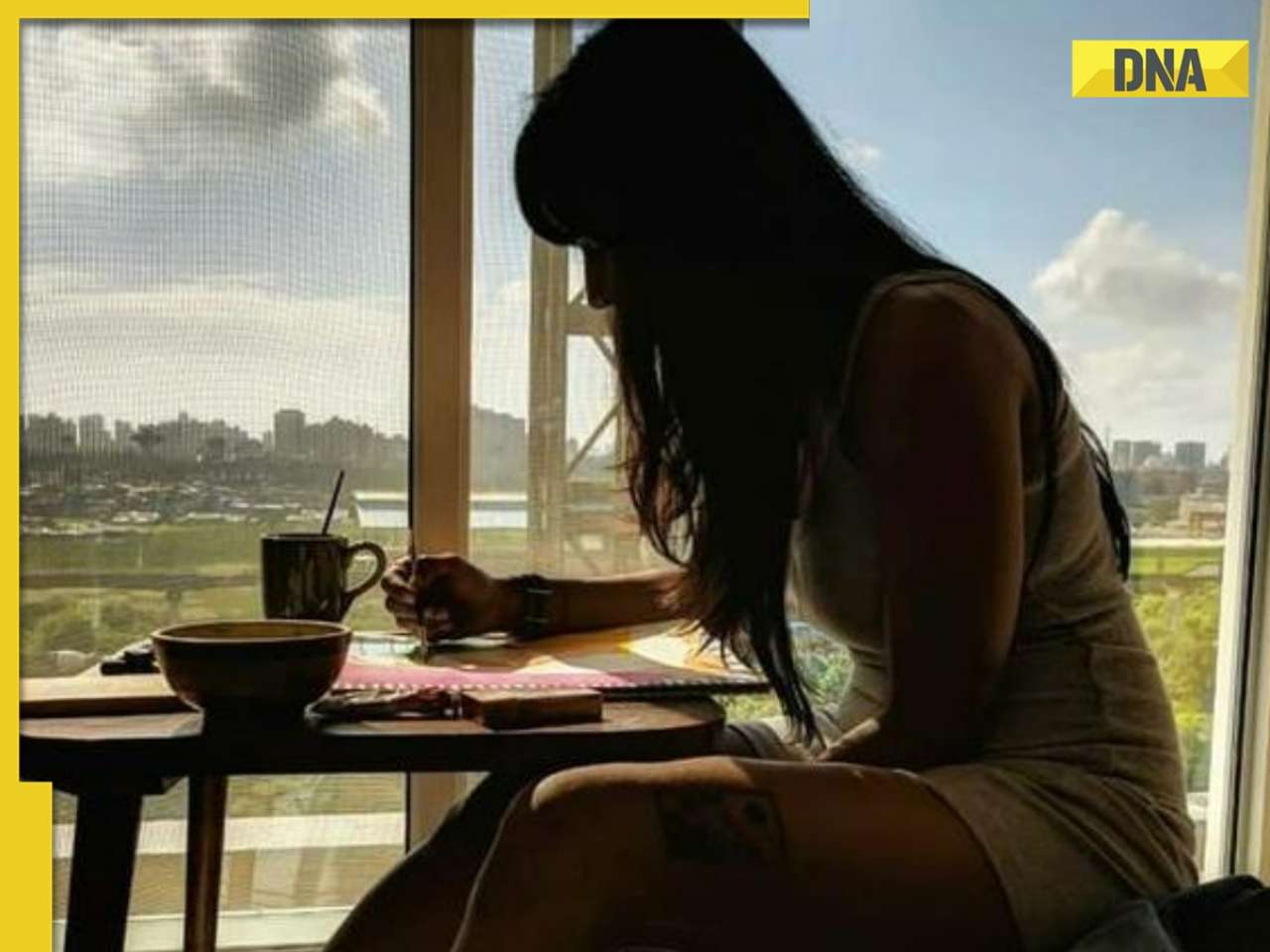

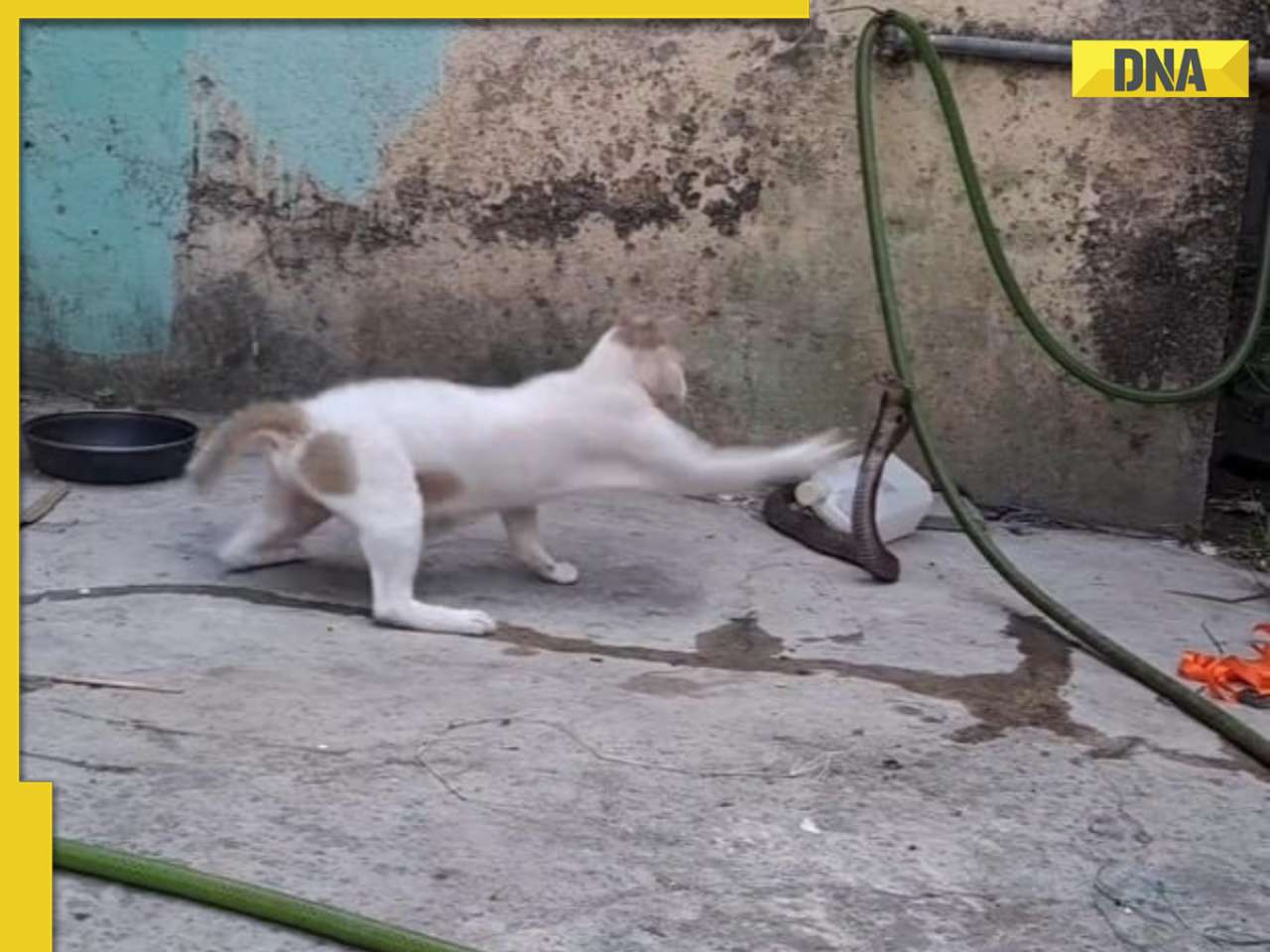
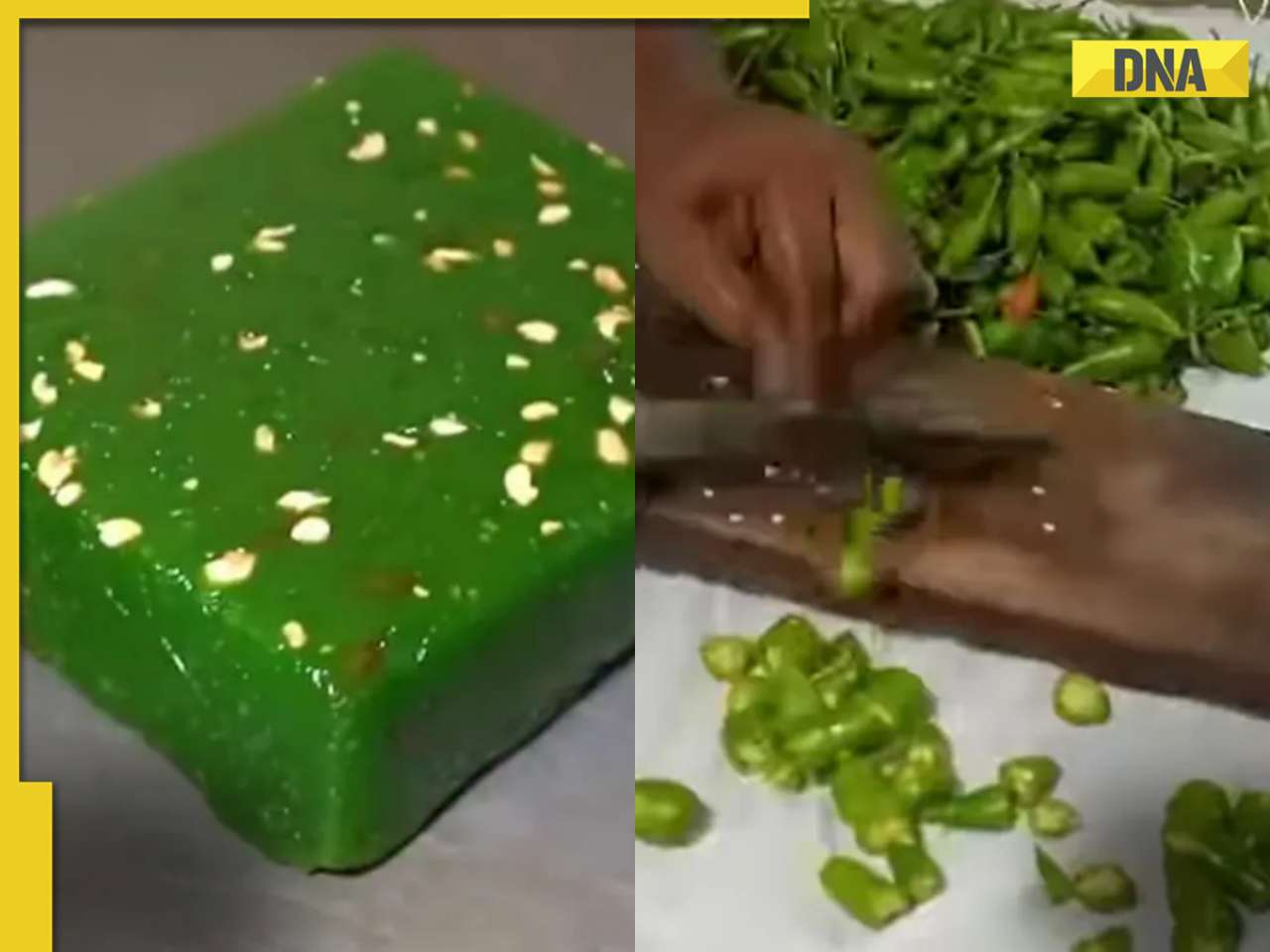


)

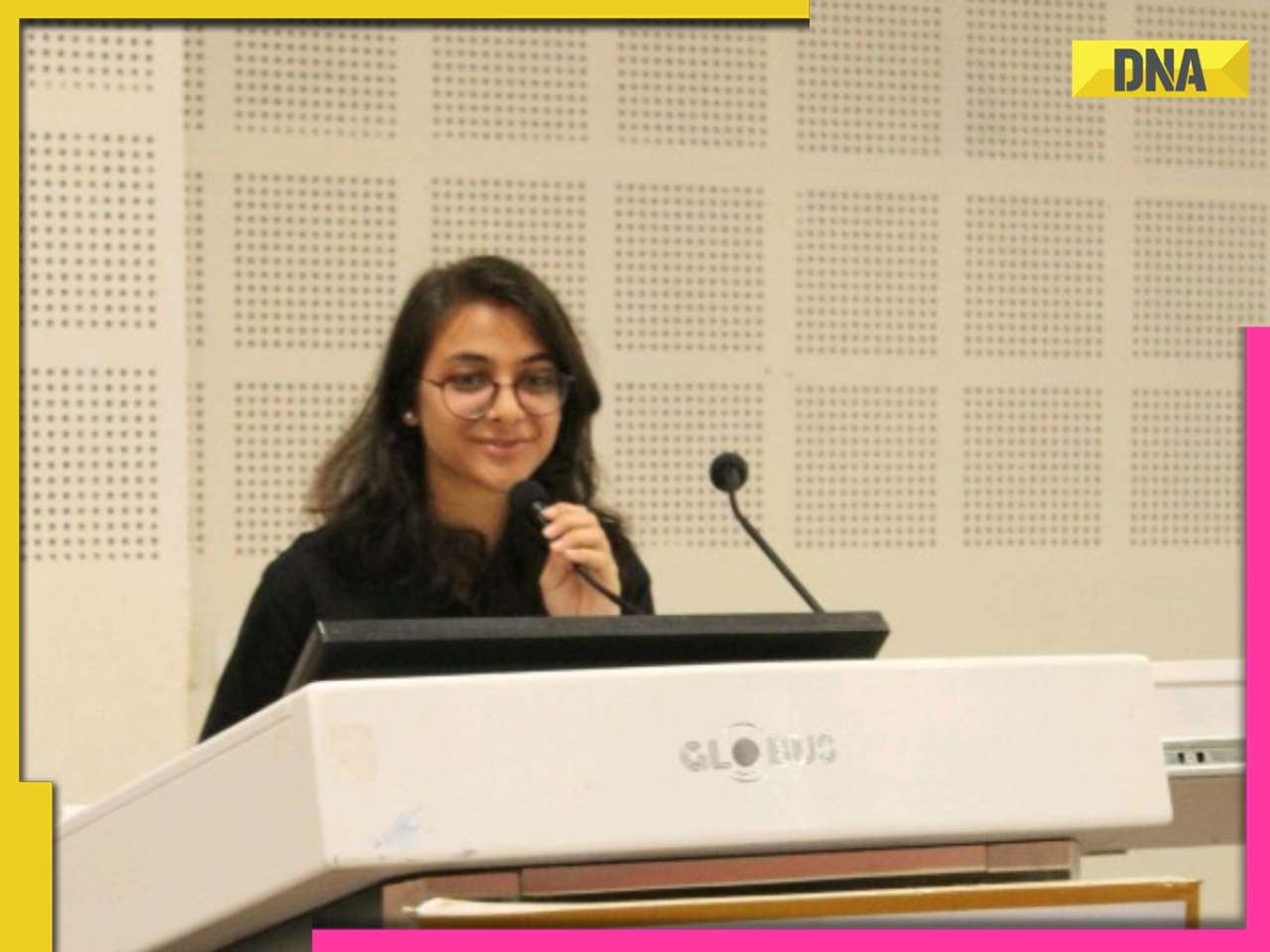
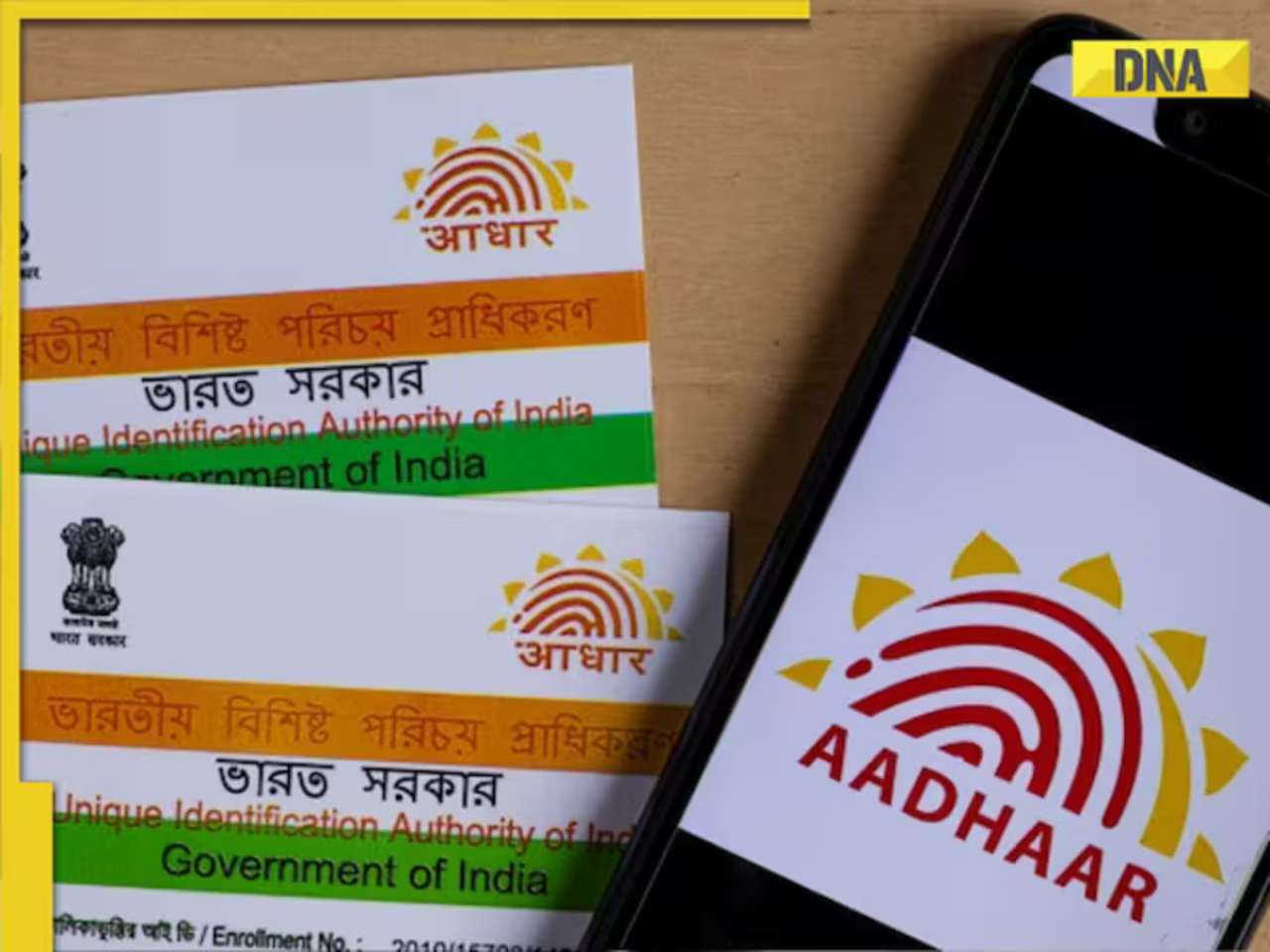

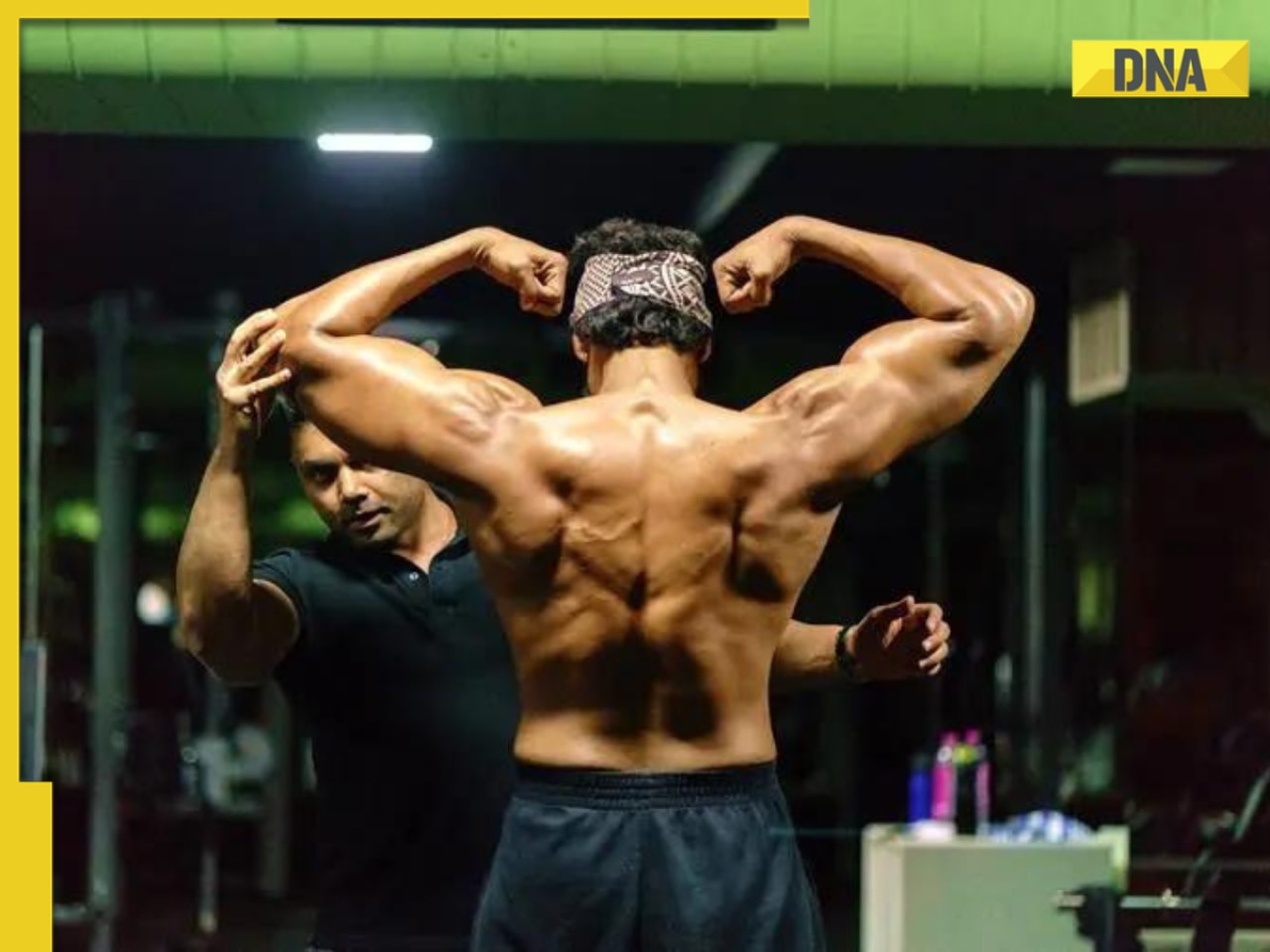

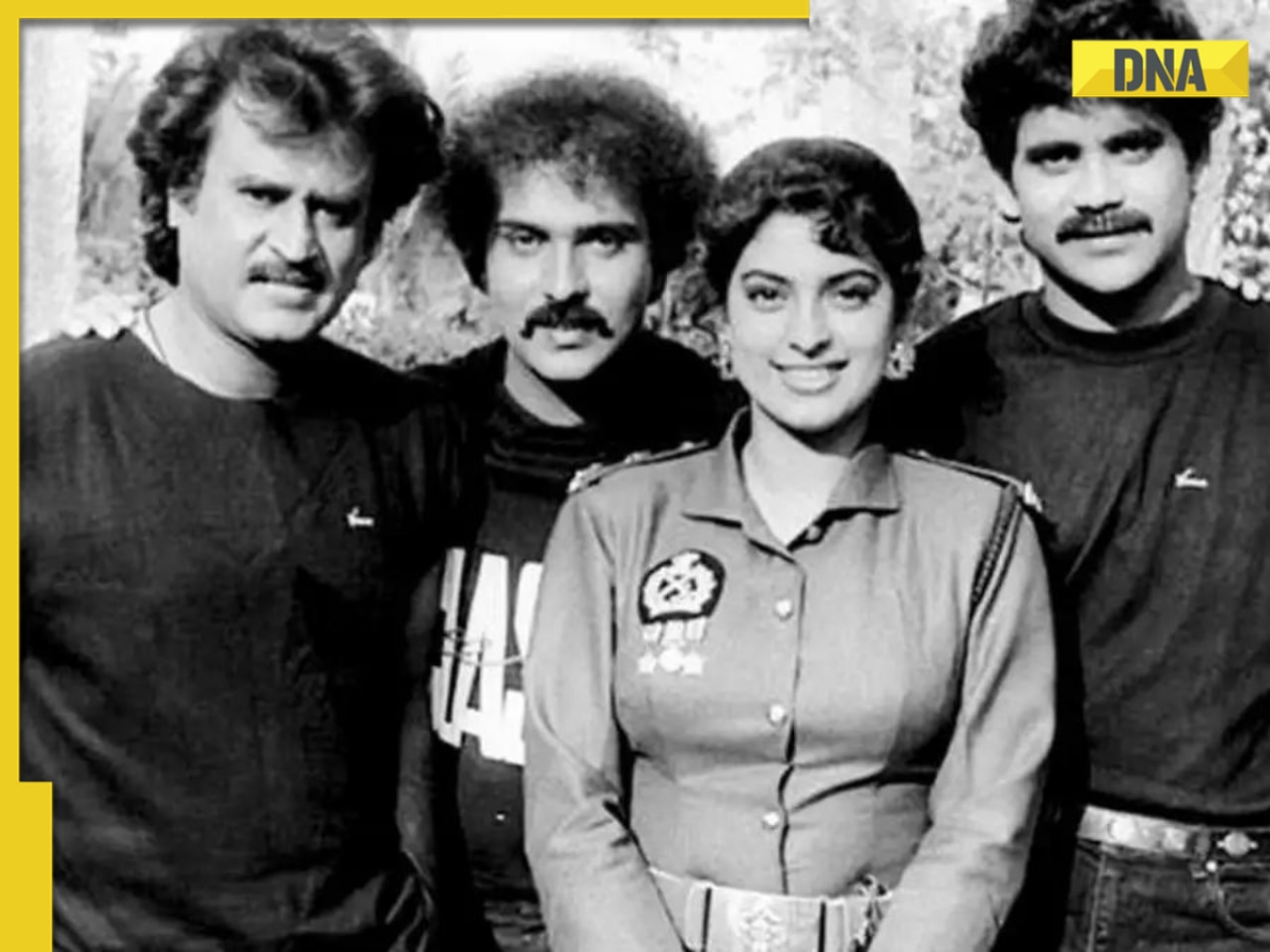

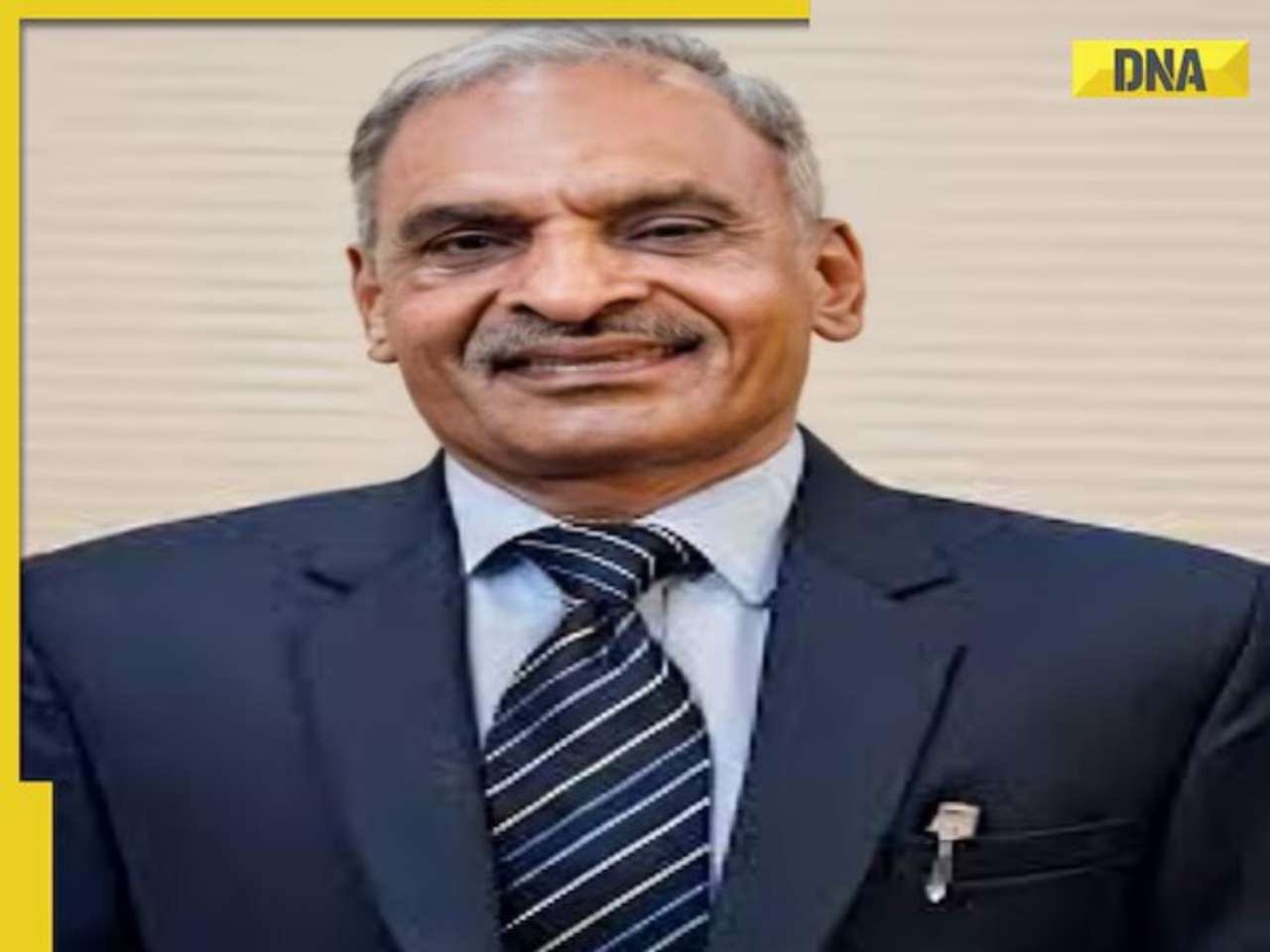
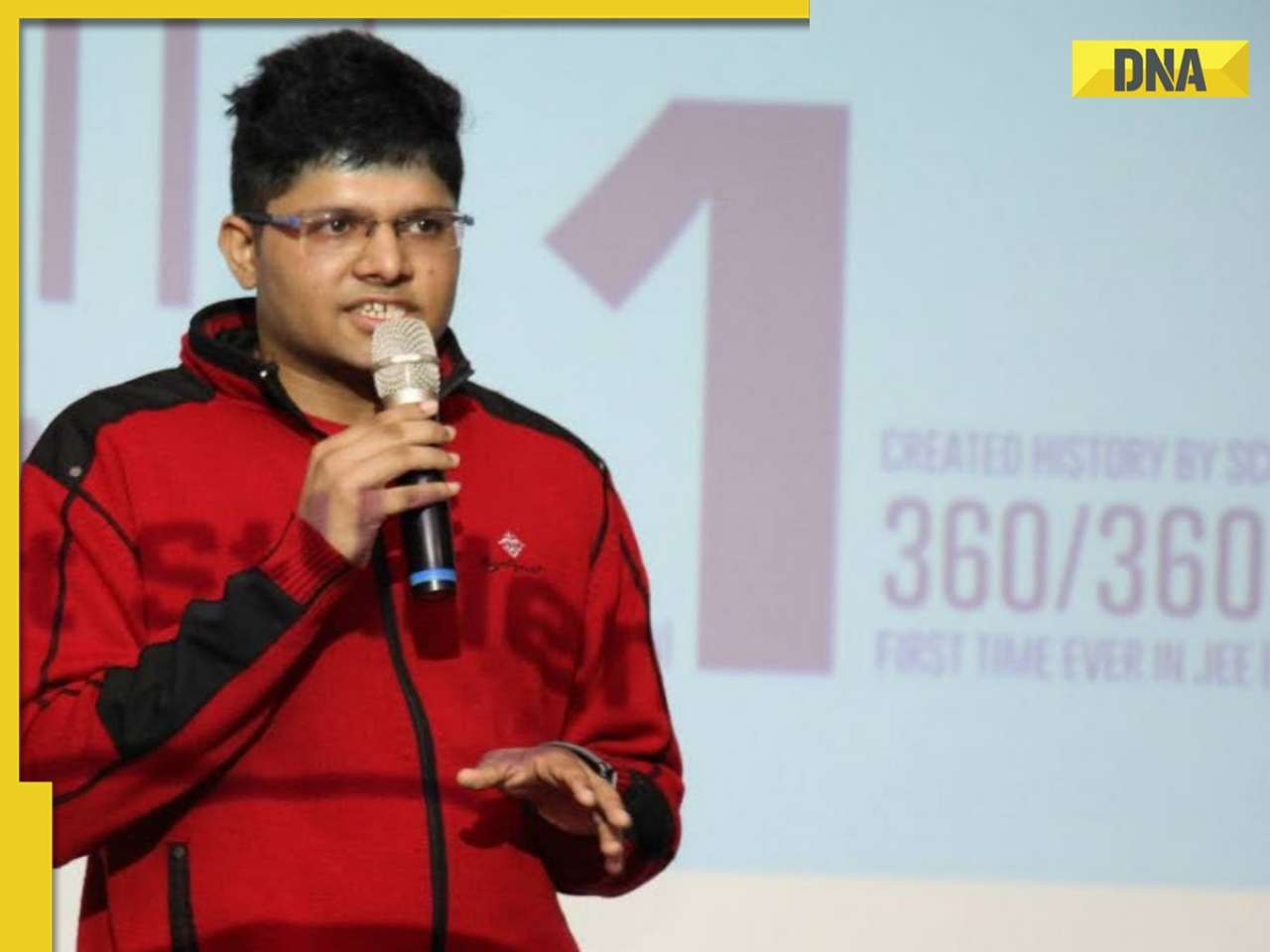







)
)
)
)
)
)